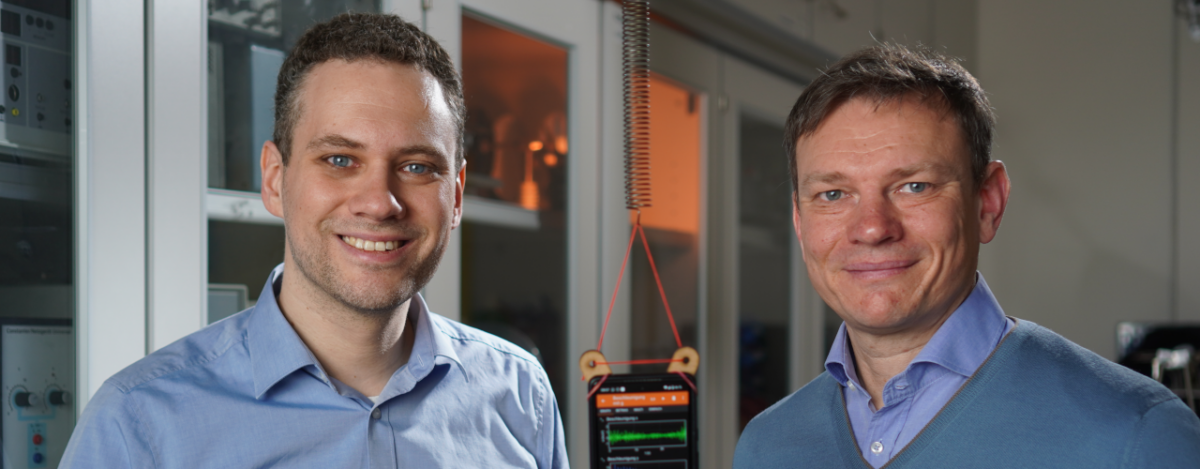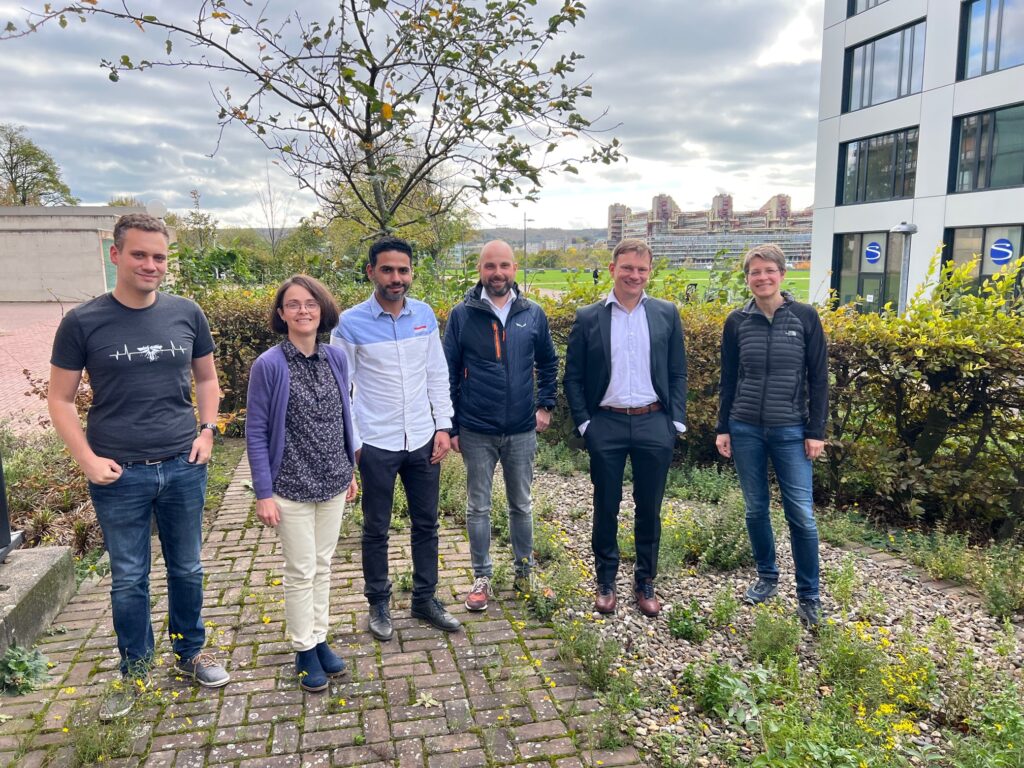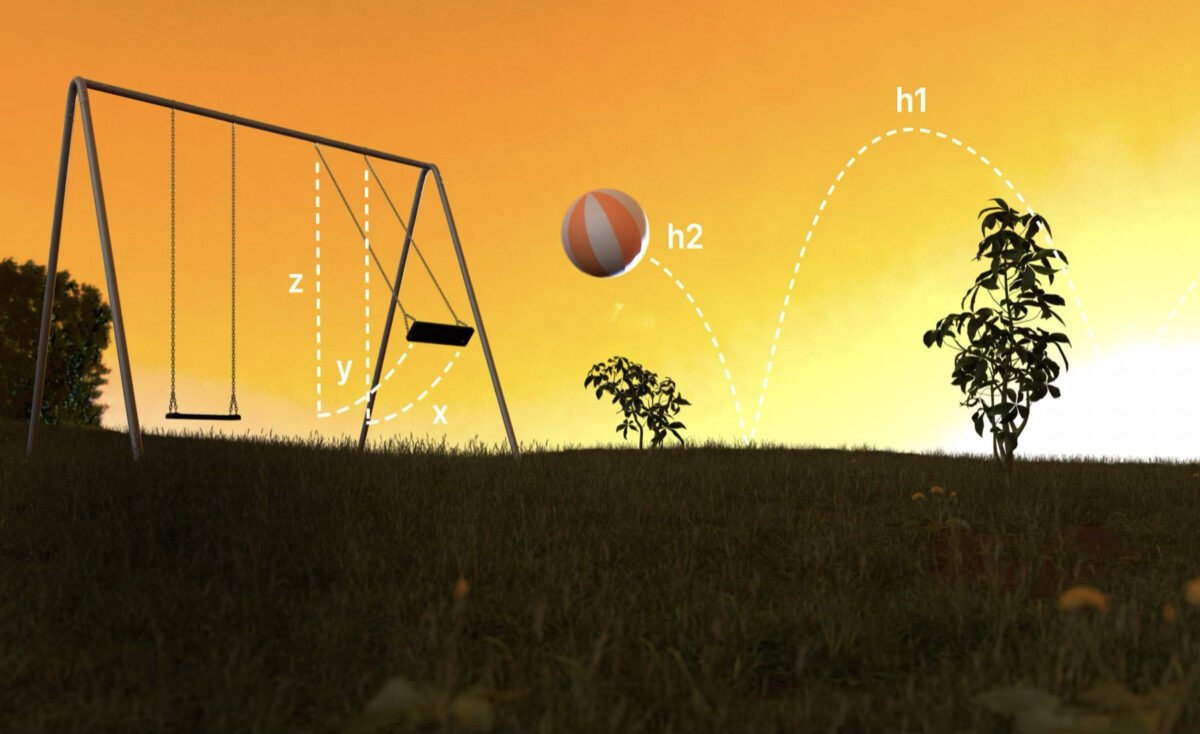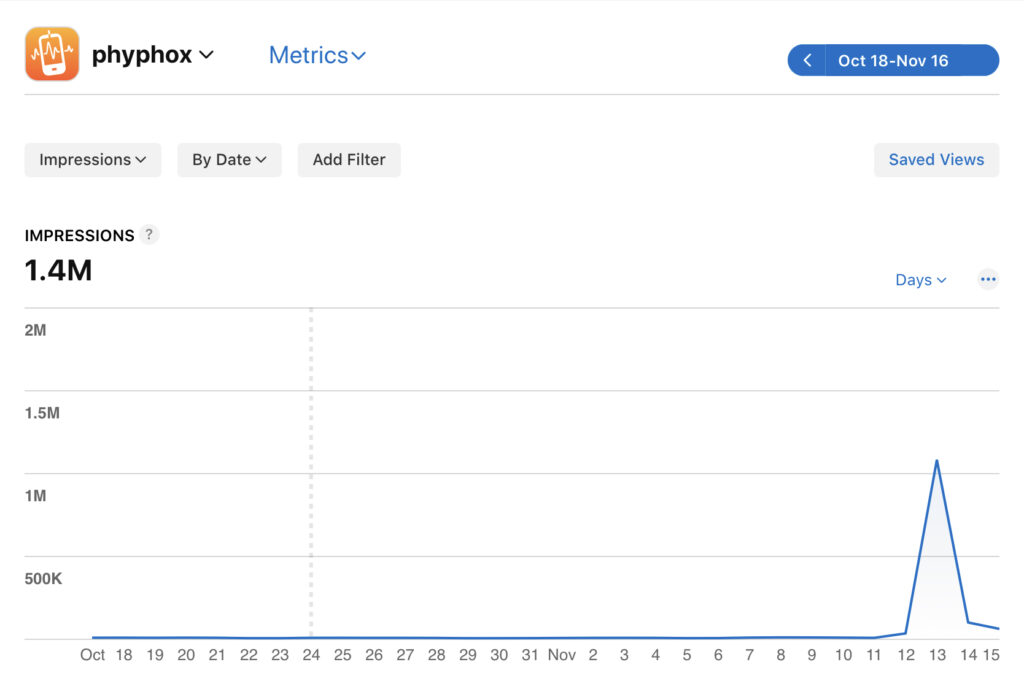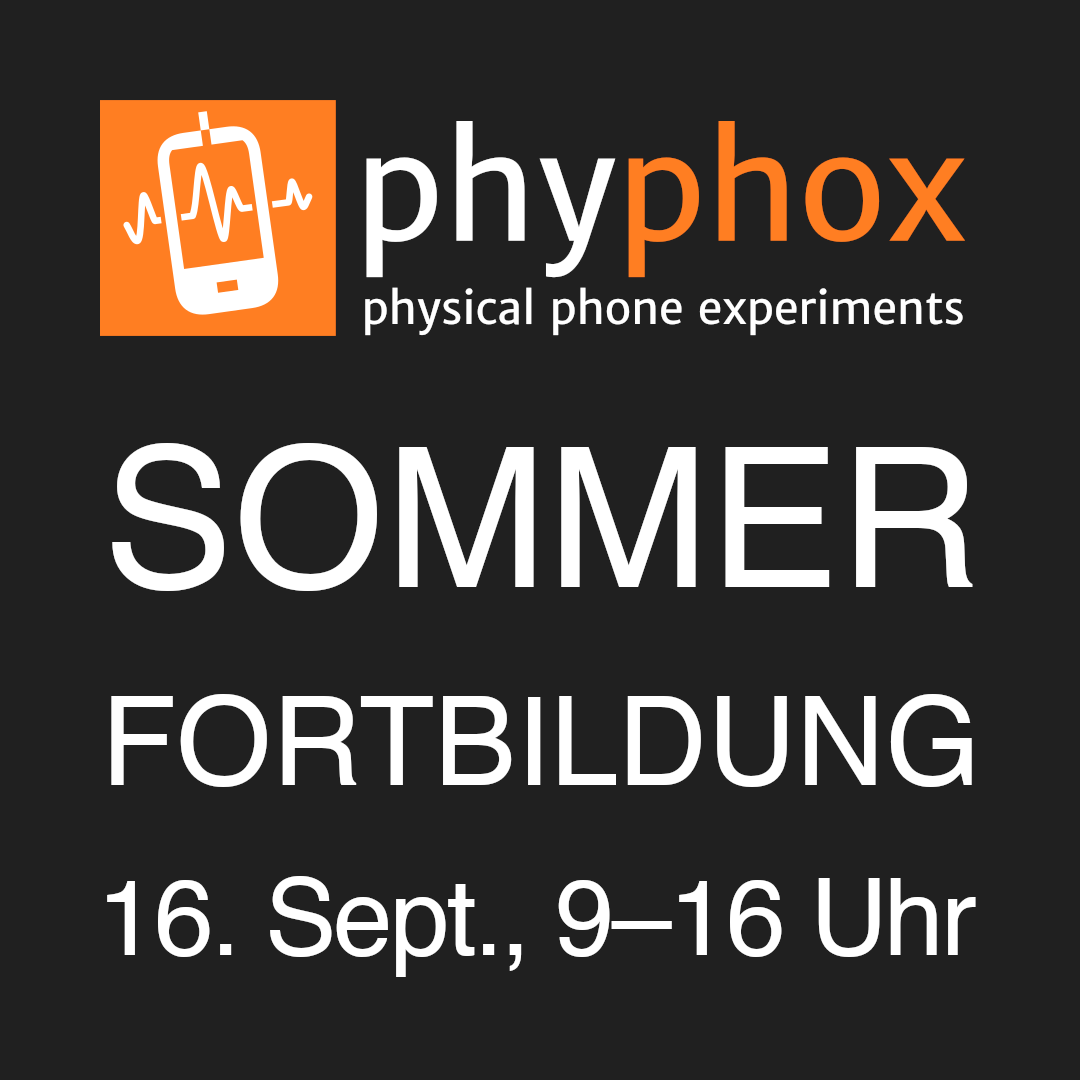Yesterday, Christoph Stampfer and Sebastian Staacks have received the Georg Kerschensteiner Award for the development of the free app phyphox. The ceremonies took place during the spring meeting of the Condensed Matter Section of the German Physical Society (DPG) in Dresden during the festive session and the award winners’ evening.
With phyphox, science is directly at hand of learners, teachers, researchers and explorers via smart device sensors. Via wireless connections to microcontrollers, the mobile lab can use virtually any external sensor. The by now two times App of the Day (November 13 and February 23) has so far recorded well over three million individual installations and nearly two million volume installations at educational institutions.
The DPG’s Georg Kerschensteiner Award recognizes outstanding achievements in physics didactics or in the teaching of physics. The background and previous award winners can be found on this overview page (in German).

